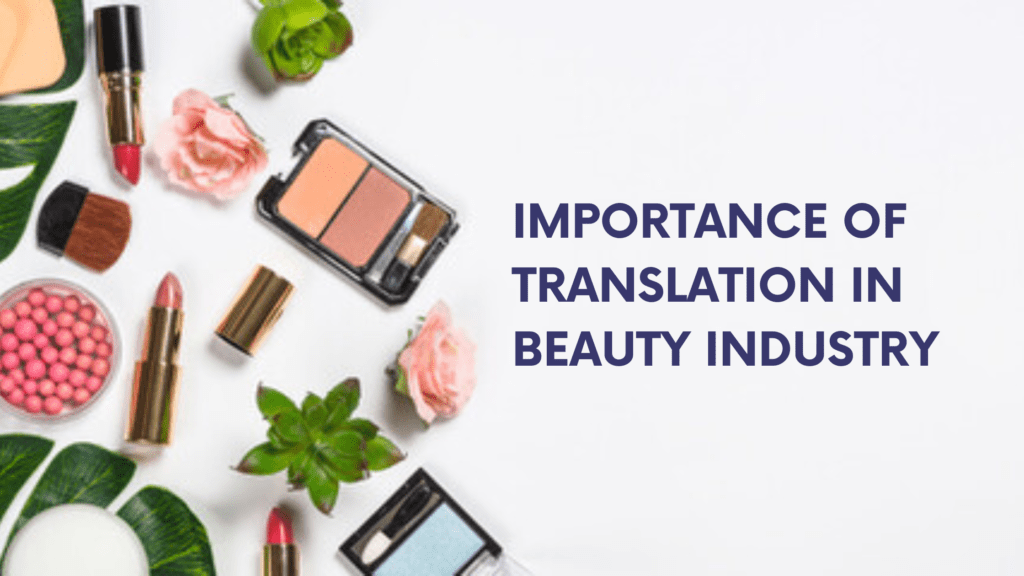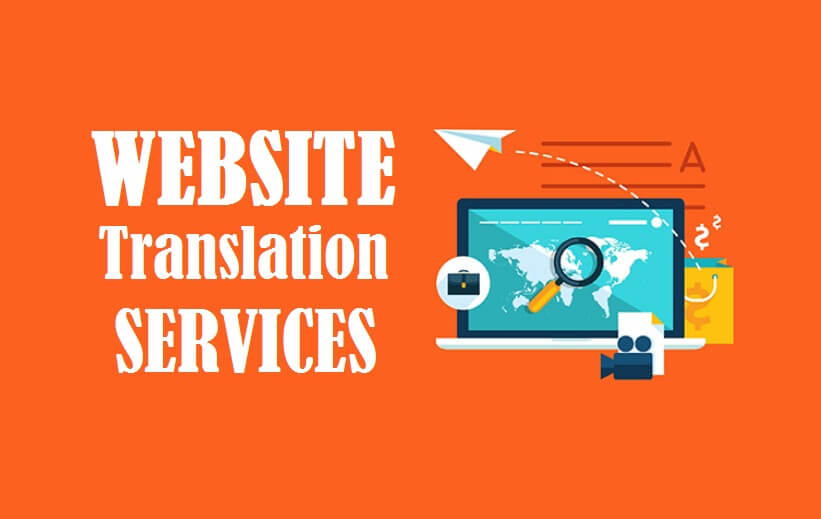Nowadays, the beauty industry has grown globally with a great target audience. The beauty market spans the across the globe which means it can serve an international market composed of many different cultures and languages. By now you might be questioning: what exactly comes under the beauty industrial market? The topic has divided the beauty market into three main categories. How does translation link in with beauty and cosmetics? The beauty of it is that industrial business has become a global business, embracing different cultures and traditions. Every multinational beauty company has started out locally and grown beyond their own marketplace with the help of the whole team of copywriting, marketing experts, and advertising who help to shape products in the international market by offering them in line with the target audience.
In order to satisfactorily broaden your beauty products, your company will require professional beauty and cosmetic translation services. This will help to build a relationship with your chosen target audience. As a global organization, you will have an abundance of marketing significance, beauty product packaging, and social media campaigns that need to understand the target audience. Nevertheless, this is tremendously time-consuming and expensive for you to translate your web content. Likewise, the opportunity for mistakes and errors is enhanced when you don’t have an understanding of the languages. However, professional beauty translation services can offer you a quick reversion and a number of other advantages.
- Skilled beauty translation services can reduce the processing time
If you translate your digital web content, you will have to give much of your time while you attempt to translate the files you need. Whereas, professional beauty translation service providers give you a guarantee of a quick reversal. All of the beauty translation providers are specialists in the beauty and cosmetic industry. They don’t work quickly and precisely, but all of your digital content will be delivered on time if you switch to professionals. Also, you can rest assured that all of your translations are exact because the translators will be native speakers.
- Beauty translation services help your company to save money
One of the major advantages of switching to professional translation services for your beauty company is the investment you can save. You don’t need to worry about hiring a translator and purchasing translation tools. Hence, if you switch to a beauty translation service provider, your marketing messages and branding will be efficiently translated without taking on any supplementary overheads.
The beauty, fashion, and cosmetics industries have revolutionized the internet over time. Many companies are now going purely digital and, as a result, these companies are able to offer their beauty services to clients across the globe. Nowadays, it has become so easy to buy a famous eye shadow palette from the US or to buy a luxurious handbag from Paris. As the translation boom in the beauty industry has become a complete digital market, any customer can place orders for any brand if it is translated to a target audience, wherever the audience lives. The professional translators in the fashion and beauty industry will adapt the content of any product line, from skincare, hair care, or oral and personal hygiene, to fashion, aromatherapy, perfumes, makeup, or electronic beauty products.
Why choose translators for the benefits of translation in beauty industry?
More than 3/4 of all web browsing comes in languages other than English. By having a presence on a web portal that your global audience understands, you have become important. By working with website translation companies to build digital content in the various languages of the international market, you’ll boost your web pages’ or website’s traffic and get better visibility. Website translation services can also help you reach a larger audience and demonstrate to your customers that you value their needs.
The major role of web content in the beauty business is that it is used to determine the company and help them sell products. This is shaped by the marketing elements that identify this blooming million-dollar market, one of the few segments in the global beauty industry landscape with constant expansion rates, at least until the recent slowdown. At first glance, it might seem that the beauty and cosmetic industry revolves around product image, but during the photoshoots for glossy magazines and advertising commercials with actresses and models, the quality of web language plays a major role, and you will come to understand the importance of translation.
Translation and localization for the beauty and fashion industry cover a broad range of marketing elements, from translating or localizing your brand’s content on your website or web portal, to technological safety information, and legal information on documentation.
Here are a few examples of the translation/localization needed for the beauty/fashion market:
- Brand communication
- Taglines, headlines, and slogans
- Packaging and product labels
- advertising campaign materials and marketing.
- Voiceovers and subtitles
- Social media and website content
- Keywords optimization
- SEO content translation and localization:
What are the challenges in translation in the beauty and cosmetic industry?
Broadening the international beauty market or importing new cosmetic products has become the primary way to gain share in the market and move forward in the competition. But these tips and tricks can be more troublesome than they appear, except when it comes to localization or translation. With local provisions to comply with and different usage cases to explain and define brand terminologies for communication, translation or localization in the beauty and cosmetic industry requires collaboration with a professional translation company specialising in the market.
The beauty industry is a vast one, encompassing skin, makeup, hair, and body care products, beauty accessories, pharmaceutical products, and more. Whenever you want communication with foreign companies or to sell products across the globe, it’s essential to communicate the same details to everyone. The customer needs to feel the same excitement about your beauty product when they explore your product, no matter their nationality or where they live. Translation is an exceedingly pioneering process that precedes a message from a language and recreates the same impact by accommodating it to another culture. This service is essential in the beauty and cosmetic sector, where companies want to create strong influence. The experience and emotions created by translating the language of beauty products should also be considered.
Professional translation in the field of the beauty industry
The surge of e-commerce has opened up an intensely competitive global market in which enterprises of all sizes compete with each other to stay ahead of the trends and offer newly launched beauty products. The language of the beauty industry is persistently in motion, developing alongside trends and cultural shifts. To be on the edge, you will need professional beauty translators who can understand the complete market and can speak to the consumers effectively. Beauty products and cosmetic marketing are highly specialized and technical fields that can provide you with a large audience if you can explain your content to them.
Established companies have formulated a unique way of communicating their messages and areas of expertise, which must remain constant across their multilingual campaigns across the globe. Different beauty products, from advanced spotless skin creams to lines of colored makeup products meant to change every season, are focused on thoroughly partitioned target audiences, whose interests vary across regions. As trends build on each other or take keen turns in new directions, the language of content on beauty products evolves with the audience, requiring beauty product marketers to be particularly agile in generating their content.
After reading about the importance of translation in the beauty industry, you can understand how much importance translation has in any business. You can switch to VerboLabs languages, as they are one of the best organizations that are working globally. As such, VerboLabs offers translation services in beauty industry as well.



